Identity can be both a personal and collective experience.
Hiền Hoàng is one of those who can draw their own line between two different worlds. While searching for oneself, they rise from their ashes and blend the discovery of their true self with art. In the two distinct realms between East and West, spanning from Vietnam to Germany; Hoàng skillfully combines photography, installation, and performance art. Exploring concepts of societal value systems, shape and material transformation, and identity intervention. As art consistently transcends barriers, Hiền Hoàng, staying true to their heritage, provides a universal experience, creating new bodies.
How has your personal journey as a Vietnamese artist living in Germany shaped your understanding of identity and influenced the direction of your artistic work?
Hiền Hoàng: My personal journey as a Vietnamese artist living in Germany has been a profound exploration of cultural identity. It has allowed me to bridge two different worlds and inspired me to explore the intricacies of identity formation. This journey has shaped my understanding of identity as fluid, ever-evolving, and intimately intertwined with culture and environment. The unique perspective gained from living in two cultures shapes the direction of my artistic work by fostering a dialogue between Eastern and Western influences. This enriching experience compels me to challenge stereotypes, break down barriers, and create art that has universal appeal while remaining rooted in my heritage.
What makes photography different from other forms of art?
Hiền Hoàng: Photography possesses a unique quality of fluidity and flexibility that sets it apart from other art forms. While traditionally considered a two-dimensional medium, my endeavor is to expand and challenge photography by transforming it into three-dimensional sculptures and spatial experiences. This innovative approach combines photography with sculpture, allowing images to transcend their traditional boundaries and take on new forms. By placing photographs on unconventional materials and creating immersive spatial installations, I aim to reshape the way viewers interact with and perceive photography. This dynamic interplay between photography and sculpture allows me to explore new dimensions of storytelling, blurring the line between representation and tangible experience.
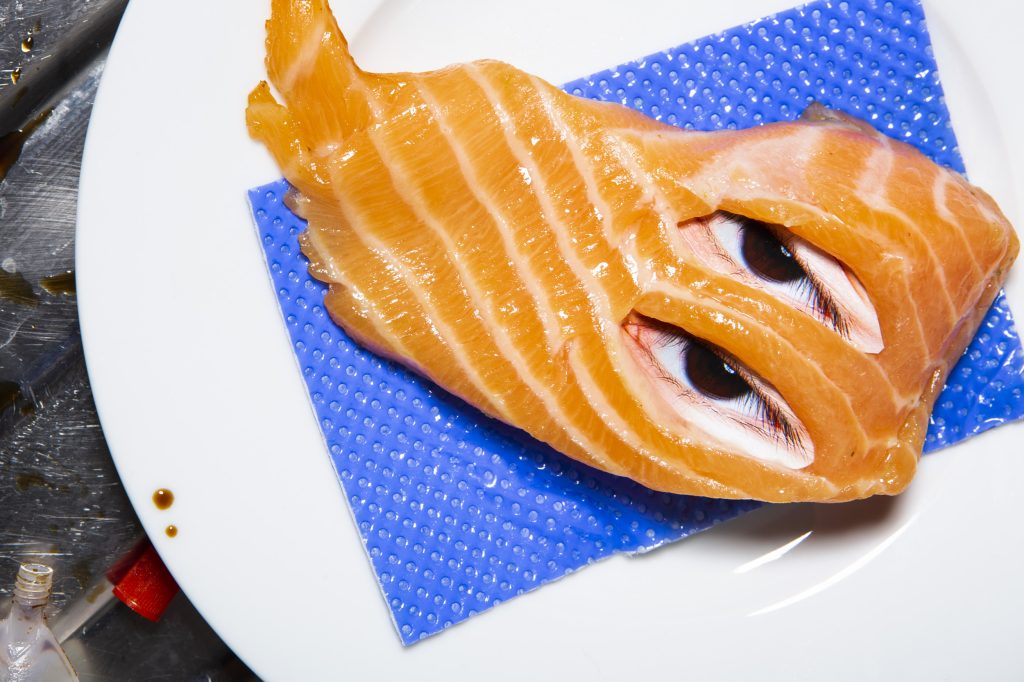
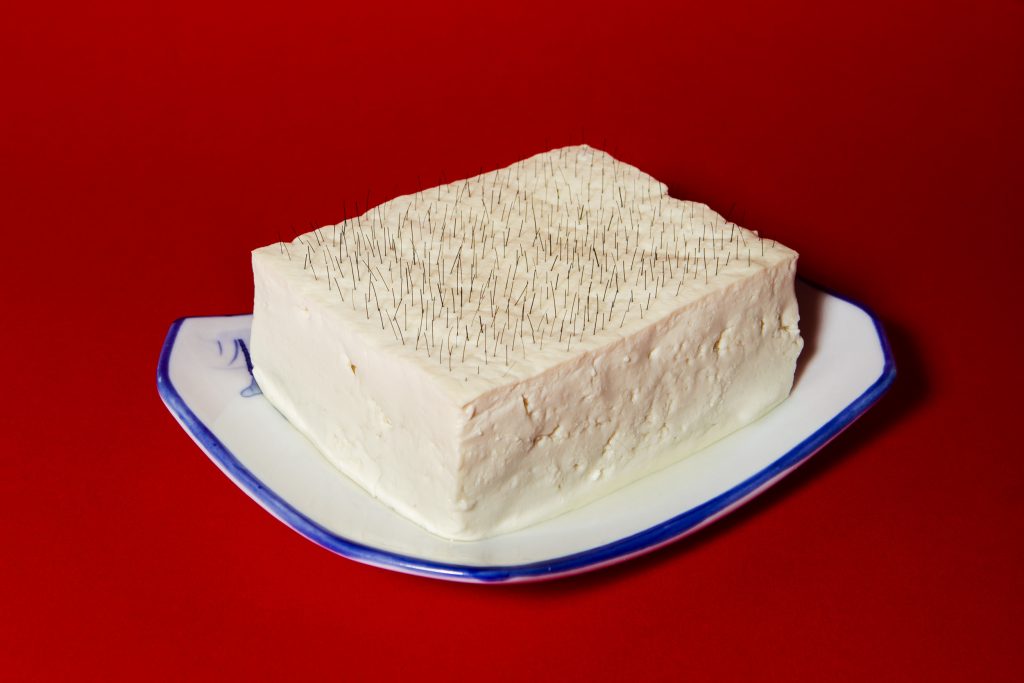
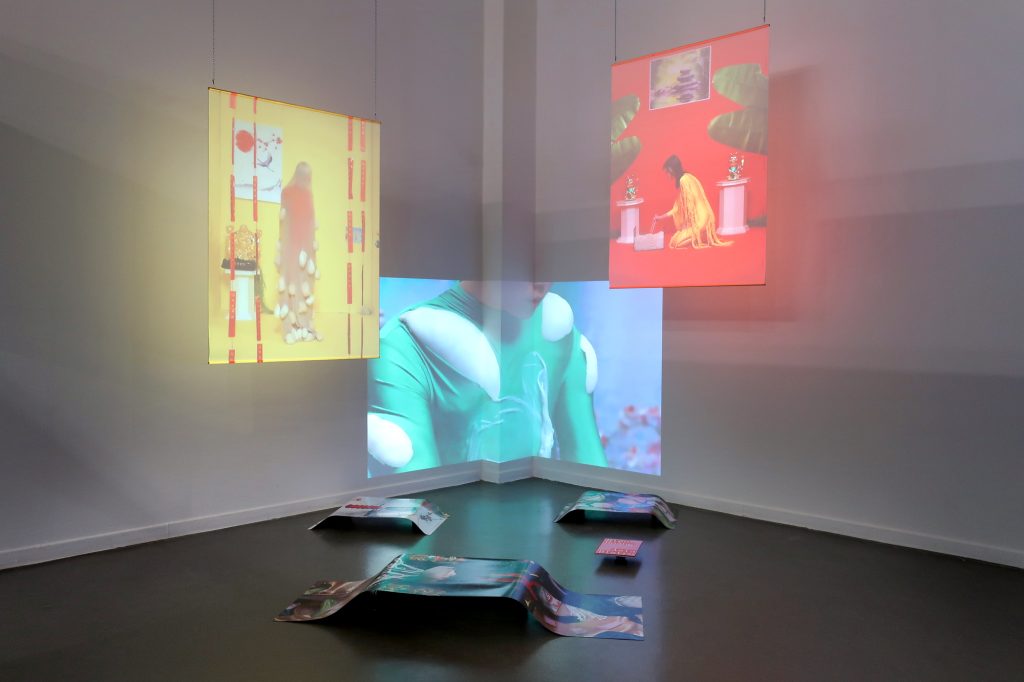
How do you balance your dual cultural identity within your creative work?
Hiền Hoàng: Balancing my dual cultural identity is central to my creative process. I view it as a tapestry that weaves together threads of heritage, experiences, and perspectives. I embrace both my Vietnamese roots and my German environment and allow them to coexist harmoniously in my work. This balance enhances the richness and depth of my art and allows me to convey universal themes while preserving the distinct nuances of each culture. It enables me to create art that resonates with a diverse audience and promotes understanding and connection between different cultural backgrounds.
How does the metaphor of using food as a representation of burdens and limitations align with your message about Asian stereotypes and cultural identity?
Hiền Hoàng: The use of food as a metaphor has a multi-layered meaning in my work that aligns with my message about Asian stereotypes and cultural identity. Through the use of food, I am able to reflect on the stereotypes that are projected onto my culture and address preconceived notions that can be constricting. However, I go beyond mere representation. Through deliberate distortion and transformation, I create counter-images that challenge existing stereotypes. In some cases, food becomes a powerful metaphor for the constraints and pressures individuals face when moving between different cultures and concepts of identity. The process of deforming and reshaping food parallels the journey one undertakes to free oneself from these constraints and develop an authentic sense of self. This metaphorical exploration encourages the viewer to question their assumptions and promotes a deeper understanding of the complexity of cultural identity.
Identity can be both a personal and collective experience. Could you discuss how your work invites viewers to reflect on their individual identities while also considering broader societal perspectives and biases?
Hiền Hoàng: My work operates at the intersection of individual and collective identity. It asks viewers to reflect on their personal experiences and invites them to explore themes of cultural identity, belonging, and self-discovery. At the same time, my art encourages reflection on broader societal perspectives and biases by illuminating how cultural identities are formed and perceived. By bridging the personal and the collective, my work encourages viewers to question assumptions, recognize their own biases, and develop empathy for the various identities that shape our world.
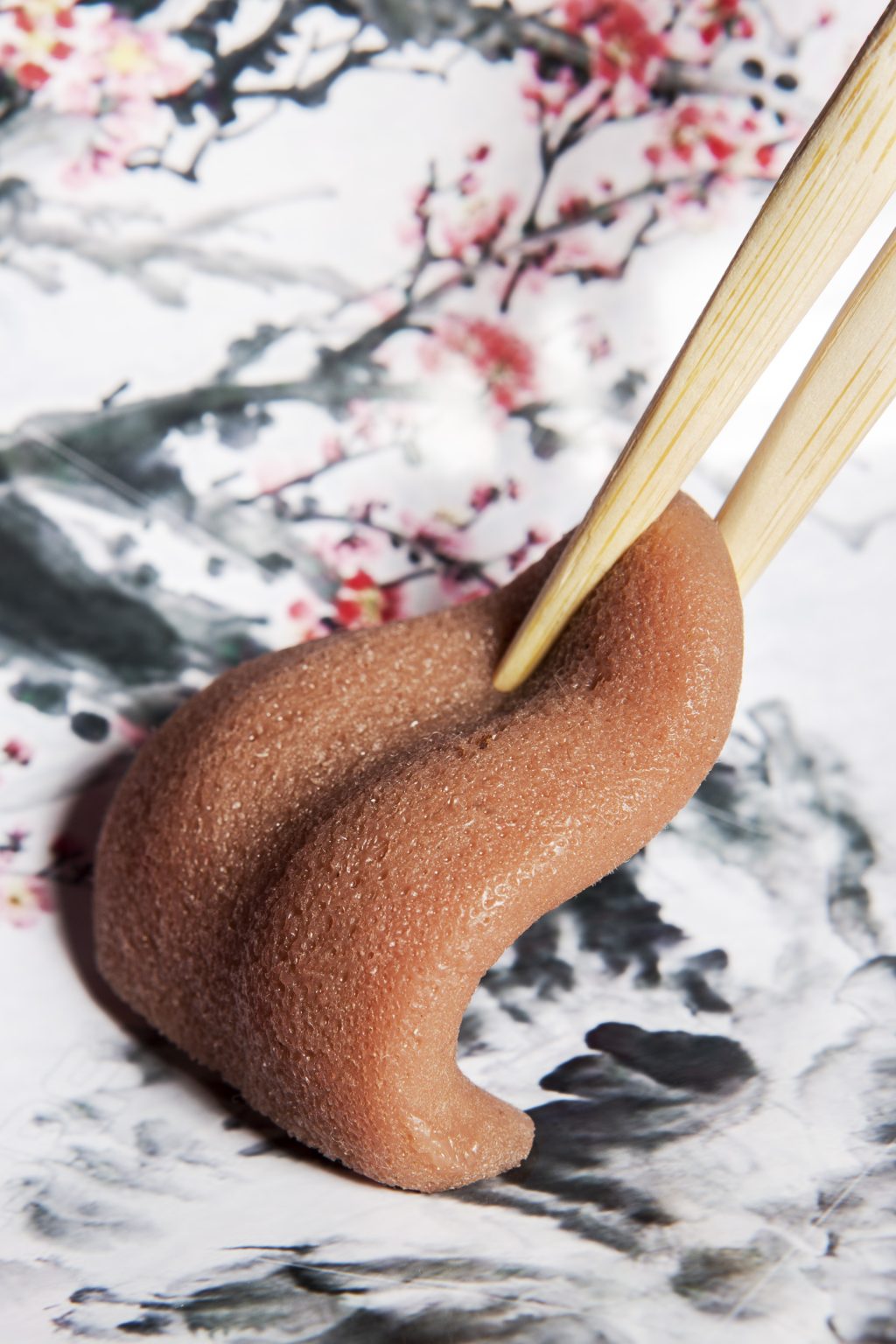


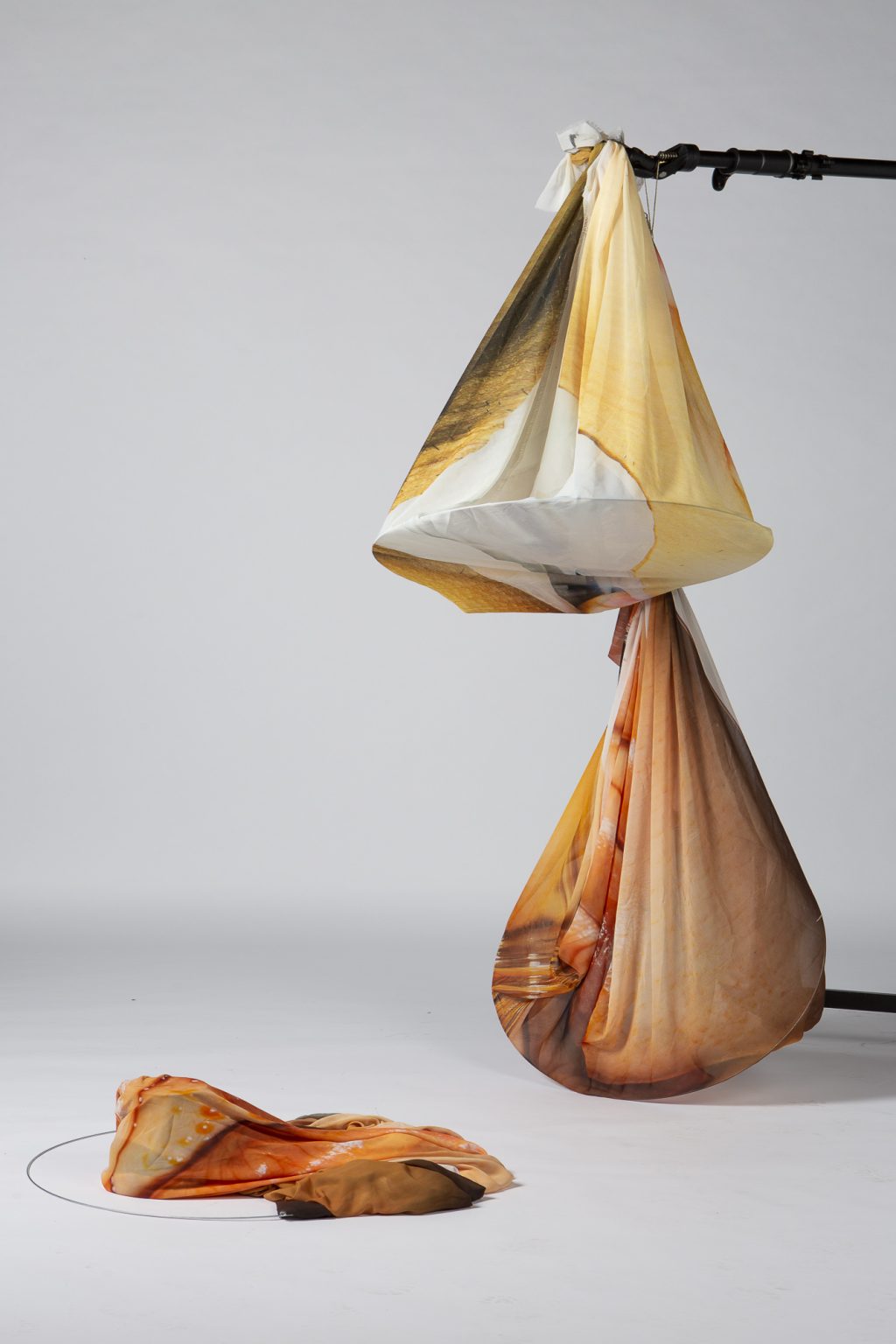
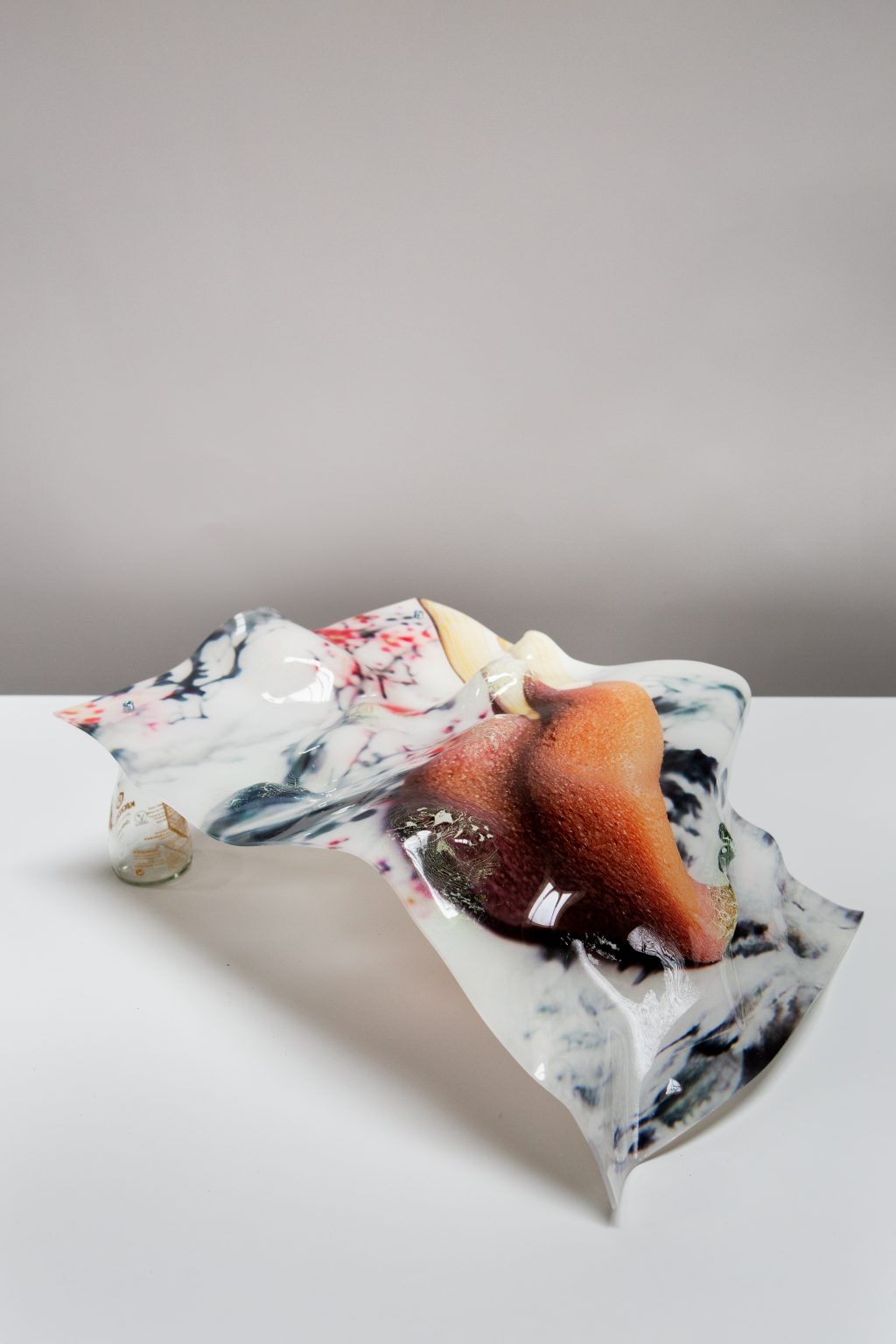

The intersection of cultural identities can sometimes lead to feelings of displacement or not fully belonging. How does your project address these feelings and offer a platform for individuals who navigate multiple cultural spaces?
Hiền Hoàng: My project directly addresses the complexity of cultural identity, specifically the sense of displacement and navigation between different cultural spaces. Through the convergence of photography, performance, video, and spatial installation, I aim to reenact the fluidity and complexity of identity in the mirror of stereotypes and clichés. By printing photographs on Plexiglas and then bending and deforming them, I symbolically reshape the narrative of cultural identity. This dynamic approach reflects the fluid nature of identity itself and challenges traditional boundaries and narratives.
The fusion of different media also allows me to create immersive environments that reflect the experiences of people moving between different cultures. Through the use of spatial installations, I provide a platform for viewers to physically engage with the art and create an intimate connection with the subjects represented. This provides a safe space for those navigating dual cultural identities to explore and reflect on their experiences, while inviting a broader audience to empathize with the challenges and triumphs of such a journey. Through this approach, my project seeks to make tangible the complexity of cultural identity and ultimately create a sense of belonging and resonance for those who often feel caught between worlds.
What inspires you the most?
Hiền Hoàng: My inspiration draws from a variety of concepts around social values and projections. I am deeply fascinated by how societies ascribe meaning and importance to certain ideas, behaviors, and images. This fascination drives me to delve into different cultural narratives and question their influence on perception and identity. In addition, I find inspiration in transgressing conventional boundaries. Whether through the transformation of materials, the manipulation of forms, or the exploration of one’s own ideas and mind, the process of transcending boundaries motivates me.
The concept of transcendence is central to my work, as I seek to change narratives about cultural identity, stereotypes, and boundaries. By creating art that defies traditional definitions, I hope to inspire viewers to rethink their own preconceived notions and engage in a broader dialogue about the fluidity and complexity of human experience. This multi-layered inspiration drives me to explore innovative ways of artistic expression and to push the boundaries of what art can achieve.
As viewers engage with “Made in Rice,” what do you hope they will take away in terms of understanding their own identities, as well as fostering empathy and respect for the diverse identities of others?
Hiền Hoàng: With “Made in Rice,” I want to get the viewer to look beyond the surface and recognize the underlying discrimination and unconscious stereotyping that shape our perceptions. By addressing concepts such as the “good immigrant” and exposing questionable content in seemingly innocuous children’s songs, I aim to raise awareness of these deeply rooted prejudices. I firmly believe that awareness leads to understanding and ultimately acceptance of diversity.
Prejudice, in some form, is something that everyone has experienced. It is a mechanism that has evolved to help us navigate the world. By visualizing the suffocation that individuals experience when exposed to stereotypes and clichés, I want to address everyone, regardless of their background. It is a shared experience that unites us on our journey to challenge, question, and break down these limitations. “Made in Rice” serves as a visual narrative that encourages reflection, empathy, and a deeper understanding of the complexity of human identity. Through these connections, I hope to foster a stronger sense of unity and understanding between all people.
From Based Istanbul N°42 – me, myself & I Issue. “Talk to yourself like someone you love. Perhaps then, the balance might change. This time ask yourself: “If I am not for myself, who will be for me?” Buy your copy now!